Home>Gardening & Outdoor>Pool & Spa Care>Why Is The Hot Tub Not Heating Up
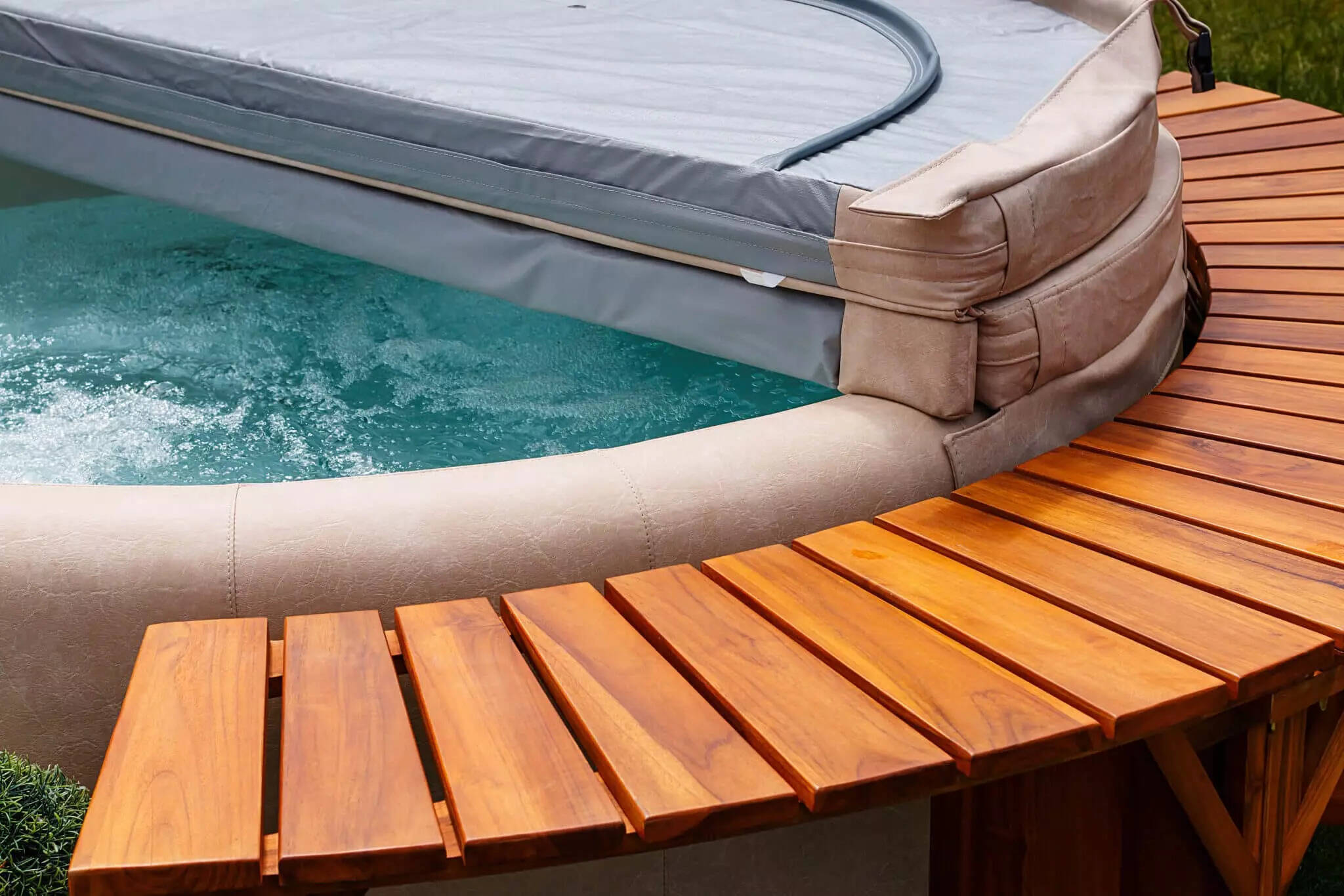

Pool & Spa Care
Why Is The Hot Tub Not Heating Up
Modified: January 24, 2024
Discover the reasons why your hot tub is not heating up and how to troubleshoot it effectively. Get expert tips on pool and spa care to keep your hot tub in top condition.
(Many of the links in this article redirect to a specific reviewed product. Your purchase of these products through affiliate links helps to generate commission for Storables.com, at no extra cost. Learn more)
Introduction
Welcome to the world of hot tub relaxation and rejuvenation! There’s nothing quite like sinking into the warm, bubbling waters of a hot tub after a long day. However, if you’ve noticed that your hot tub isn’t heating up as it should, it can put a damper on your relaxation plans. Fear not, as we’re here to guide you through the troubleshooting process to get your hot tub back to its cozy, inviting temperature.
When your hot tub fails to heat up, it can be attributed to various factors, ranging from minor issues to more complex malfunctions. Before reaching out to a professional, there are several steps you can take to diagnose and potentially resolve the problem on your own. By following our comprehensive guide, you’ll gain valuable insights into the inner workings of your hot tub and potentially save time and money on repairs.
So, let’s dive in and explore the common reasons why your hot tub may not be heating up and the steps you can take to troubleshoot and resolve the issue. Whether you’re a seasoned hot tub owner or a newcomer to the world of hydrotherapy, this guide will equip you with the knowledge and confidence to address heating issues and restore your hot tub to its optimal, temperature-regulated state.
Key Takeaways:
- Don’t let a cold hot tub ruin your relaxation plans! Check the power source, thermostat, heating element, control panel, and insulation to troubleshoot and fix heating issues. Stay cozy and stress-free!
- Keep your hot tub toasty and inviting by inspecting the power source, thermostat, heating element, control panel, and insulation. With proactive care, you’ll enjoy uninterrupted relaxation and warmth.
Read more: Why Is My Hot Tub Not Heating Up
Check the Power Source
Before delving into the internal components of your hot tub, it’s essential to ensure that the power source is functioning correctly. Begin by checking the circuit breaker or fuse box to confirm that the hot tub’s electrical supply is uninterrupted. If the breaker has tripped or a fuse has blown, reset the breaker or replace the fuse, and then attempt to power on the hot tub again.
Next, inspect the hot tub’s power cord for any signs of damage, such as fraying or exposed wires. If any issues are detected, refrain from using the hot tub until the cord is repaired or replaced by a qualified electrician to prevent electrical hazards.
Additionally, verify that the hot tub’s GFCI (Ground Fault Circuit Interrupter) is in proper working condition. The GFCI is designed to shut off the power if it detects an electrical fault, safeguarding against electric shock. Press the “Test” button on the GFCI to ensure that it functions as intended, and then press the “Reset” button to restore power to the hot tub.
By systematically examining the power source and addressing any potential issues, you can rule out external electrical problems that may be impeding the heating process. Once the power source is confirmed to be operational, you can proceed to investigate the hot tub’s internal components to pinpoint the root cause of the heating issue.
Inspect the Thermostat
The thermostat serves as the temperature control center of your hot tub, regulating the heat output to maintain the desired water temperature. If your hot tub is not heating up as expected, the thermostat warrants a thorough inspection to determine if it is functioning optimally.
Start by locating the thermostat control panel, which is typically situated near the hot tub’s main control unit. Check the thermostat settings to ensure that the temperature is adjusted to your preferred level. Sometimes, accidental adjustments or fluctuations in the settings can lead to perceived heating issues.
Next, assess the thermostat for any visible signs of damage or corrosion. Over time, exposure to moisture and fluctuating temperatures can compromise the integrity of the thermostat, potentially affecting its accuracy and responsiveness. If the thermostat appears worn or damaged, consider consulting a professional to replace it with a new, reliable unit.
In some cases, the thermostat sensor may be obstructed or coated with mineral deposits, hindering its ability to accurately gauge the water temperature. Carefully clean the sensor with a soft cloth or a gentle brush to remove any buildup, allowing it to effectively transmit temperature data to the control unit.
Furthermore, if your hot tub is equipped with a digital thermostat display, pay attention to any error codes or unusual readings that may indicate a malfunction. Refer to the manufacturer’s manual for guidance on interpreting error codes and troubleshooting potential thermostat issues.
By meticulously inspecting and, if necessary, maintaining or replacing the thermostat, you can address potential temperature regulation concerns within your hot tub, paving the way for improved heating performance and enhanced relaxation experiences.
Examine the Heating Element
The heating element is a critical component of your hot tub’s heating system, responsible for raising the water temperature to your desired level. If your hot tub is struggling to heat up, the heating element warrants careful examination to identify any potential malfunctions or inefficiencies.
Begin by locating the heating element within the hot tub’s cabinet or compartment. Depending on the model, the heating element is typically housed within a dedicated chamber or positioned near the hot tub’s water circulation system.
Inspect the heating element for any visible signs of damage, such as corrosion, rust, or mineral deposits. Over time, mineral buildup from the water can accumulate on the heating element, impeding its ability to generate and transfer heat effectively. If deposits are present, carefully clean the heating element using a suitable descaling solution or a recommended cleaning method specified by the hot tub manufacturer.
Additionally, check the electrical connections leading to the heating element to ensure they are secure and free from corrosion or deterioration. Loose or damaged connections can disrupt the flow of electricity to the heating element, resulting in inadequate heat production.
If your hot tub utilizes a heating element with replaceable components, such as heating coils or cartridges, assess their condition and functionality. Worn or damaged heating elements may require replacement to restore the heating system’s efficiency and performance.
Furthermore, if your hot tub incorporates a temperature sensor in proximity to the heating element, verify that it is positioned correctly and functioning accurately. A malfunctioning or misaligned temperature sensor can lead to erratic heating cycles and temperature inconsistencies.
By meticulously examining and maintaining the heating element, you can mitigate potential impediments to the hot tub’s heating capacity, fostering an environment where the water temperature can be effectively regulated for your comfort and enjoyment.
Check if the hot tub is properly connected to the power source. Make sure the circuit breaker is on and the heater is not tripped. If everything looks good, the issue might be with the heating element or thermostat, and you may need to call a professional for repair.
Assess the Control Panel
The control panel of your hot tub serves as the central command hub, orchestrating various functions, including temperature regulation, water circulation, and filtration. When troubleshooting heating issues, it’s essential to assess the control panel to ascertain its operational status and potential impact on the hot tub’s heating performance.
Begin by scrutinizing the control panel’s display for any error codes, unusual indicators, or error messages that may provide insights into underlying malfunctions. Refer to the manufacturer’s manual to interpret the displayed information and determine the appropriate course of action.
Next, inspect the control panel’s buttons, dials, and touch interface to ensure that they are responsive and functional. Over time, wear and tear or exposure to moisture can compromise the control panel’s tactile components, impeding their ability to convey accurate input to the hot tub’s control system.
If your hot tub features programmable heating schedules or modes, review the settings to confirm that they align with your preferences and usage patterns. Incorrectly configured heating schedules or malfunctioning programming features can lead to irregular heating cycles and suboptimal temperature maintenance.
Furthermore, check the control panel’s connection to the hot tub’s main control unit to verify that it is secure and free from corrosion or damage. Loose or impaired connections can disrupt the communication between the control panel and the heating system, affecting the overall heating performance.
If your hot tub is equipped with a remote control or mobile app interface for temperature adjustments, ensure that the remote communication is functioning correctly and that the commands are effectively transmitted to the hot tub’s control system.
By thoroughly assessing and, if necessary, recalibrating or servicing the control panel, you can optimize its functionality and influence on the hot tub’s heating capabilities, fostering a seamless and reliable heating experience for your indulgence and relaxation.
Read more: How To Heat Up Hot Tub
Review the Insulation
The insulation of your hot tub plays a pivotal role in retaining heat and optimizing the energy efficiency of the heating system. In the event of heating issues, evaluating the condition and effectiveness of the insulation can provide valuable insights into potential heat loss and inefficiencies.
Commence the inspection by examining the hot tub’s cabinet or exterior to identify any areas where the insulation material may be compromised, displaced, or visibly deteriorated. Damaged insulation can diminish the hot tub’s ability to retain heat, leading to increased energy consumption and suboptimal heating performance.
If your hot tub features removable panels or access points to the internal components, take the opportunity to inspect the insulation material within the cabinet. Look for signs of moisture intrusion, mold growth, or pest damage, as these factors can compromise the insulation’s thermal properties and contribute to heat loss.
Furthermore, assess the integrity of the hot tub’s cover or lid, which serves as a crucial barrier for heat retention. Inspect the cover for any tears, warping, or degradation of the insulating foam core. A compromised cover can allow heat to escape from the water surface, resulting in prolonged heating times and increased energy consumption.
If your hot tub is positioned in an outdoor environment, consider the impact of external factors, such as ambient temperature fluctuations and exposure to inclement weather, on the insulation’s performance. Extreme temperatures and weather conditions can influence the insulation’s effectiveness, necessitating periodic evaluation and potential reinforcement.
Additionally, if your hot tub is located in a colder climate, consider the installation of supplementary insulation materials or thermal blankets designed to enhance heat retention and minimize heat loss during idle periods.
By meticulously reviewing and, if necessary, reinforcing the insulation of your hot tub, you can optimize its ability to retain heat, reduce energy consumption, and contribute to a more efficient and consistent heating experience, ensuring that your relaxation oasis remains comfortably warm and inviting.
Conclusion
Congratulations on embarking on the journey to troubleshoot and resolve the heating issues affecting your hot tub. By navigating through the comprehensive steps outlined in this guide, you’ve gained valuable insights into the intricate components and systems that contribute to your hot tub’s heating performance.
From diligently checking the power source to meticulously inspecting the insulation, you’ve demonstrated a proactive approach to identifying and addressing potential factors that can impede your hot tub’s ability to reach and maintain optimal temperatures. Your dedication to maintaining and optimizing your hot tub’s heating system is a testament to your commitment to creating a relaxing and enjoyable environment for yourself and your loved ones.
As you continue to prioritize the care and maintenance of your hot tub, remember that regular upkeep, periodic inspections, and adherence to manufacturer recommendations are essential for sustaining its longevity and performance. By staying attuned to the nuances of your hot tub’s heating dynamics, you can proactively address emerging issues and ensure that your hydrotherapy experiences remain consistently soothing and rejuvenating.
Should you encounter persistent heating challenges that extend beyond the scope of troubleshooting outlined in this guide, don’t hesitate to seek assistance from certified hot tub technicians or professionals with expertise in hot tub repair and maintenance. Their specialized knowledge and diagnostic capabilities can provide targeted solutions to complex heating issues, further enhancing the functionality and comfort of your hot tub.
By taking a proactive and informed approach to hot tub care, you’re poised to enjoy countless tranquil moments and therapeutic sessions in the warm embrace of your rejuvenating oasis. Your commitment to maintaining an inviting and well-heated hot tub reflects your dedication to creating a haven of relaxation and wellness within the comfort of your own home.
With your newfound knowledge and troubleshooting acumen, you’re well-equipped to overcome heating challenges and ensure that your hot tub remains a cherished retreat, offering respite from the demands of everyday life and nurturing your well-being with its comforting warmth and therapeutic benefits.
Frequently Asked Questions about Why Is The Hot Tub Not Heating Up
Was this page helpful?
At Storables.com, we guarantee accurate and reliable information. Our content, validated by Expert Board Contributors, is crafted following stringent Editorial Policies. We're committed to providing you with well-researched, expert-backed insights for all your informational needs.
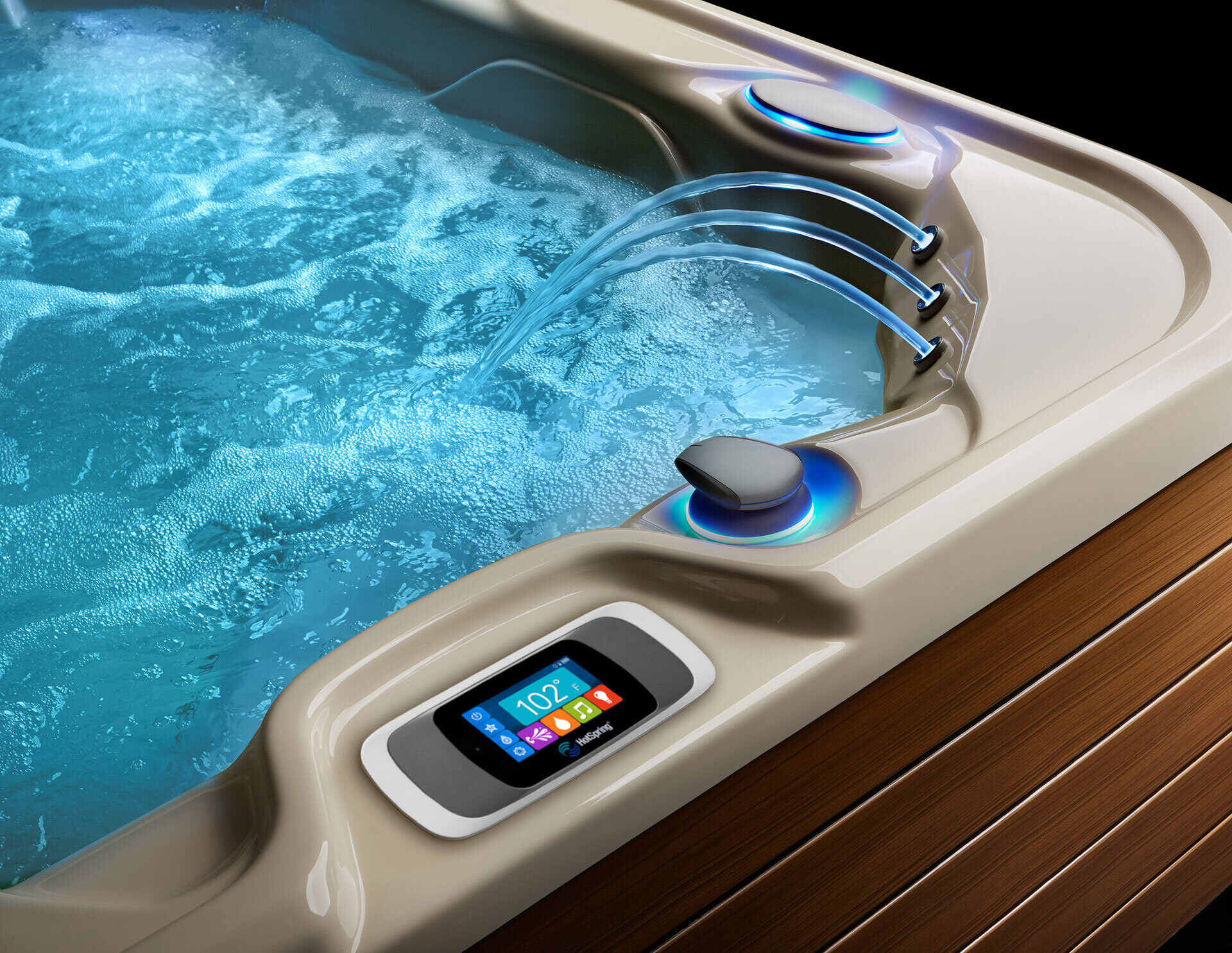
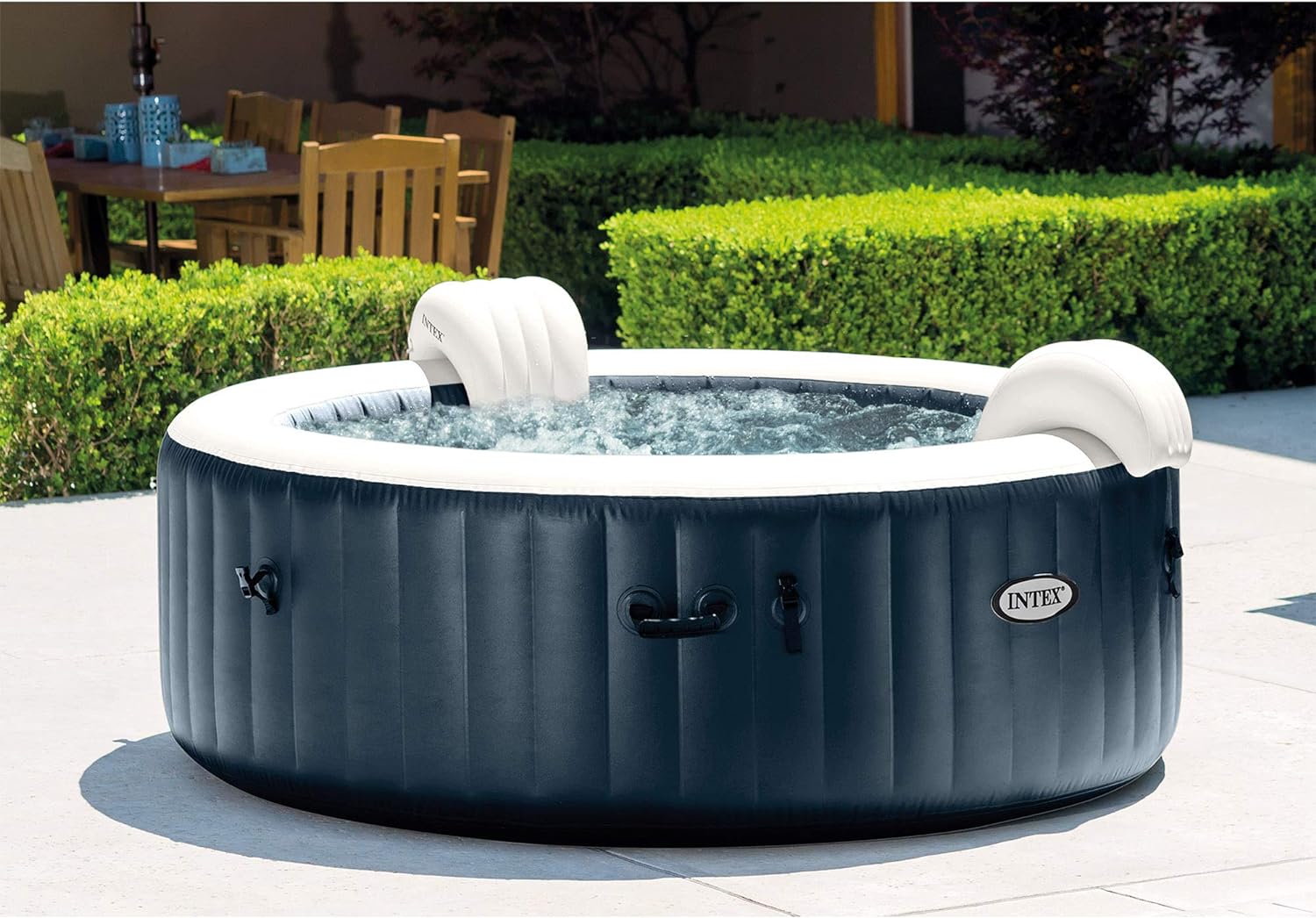

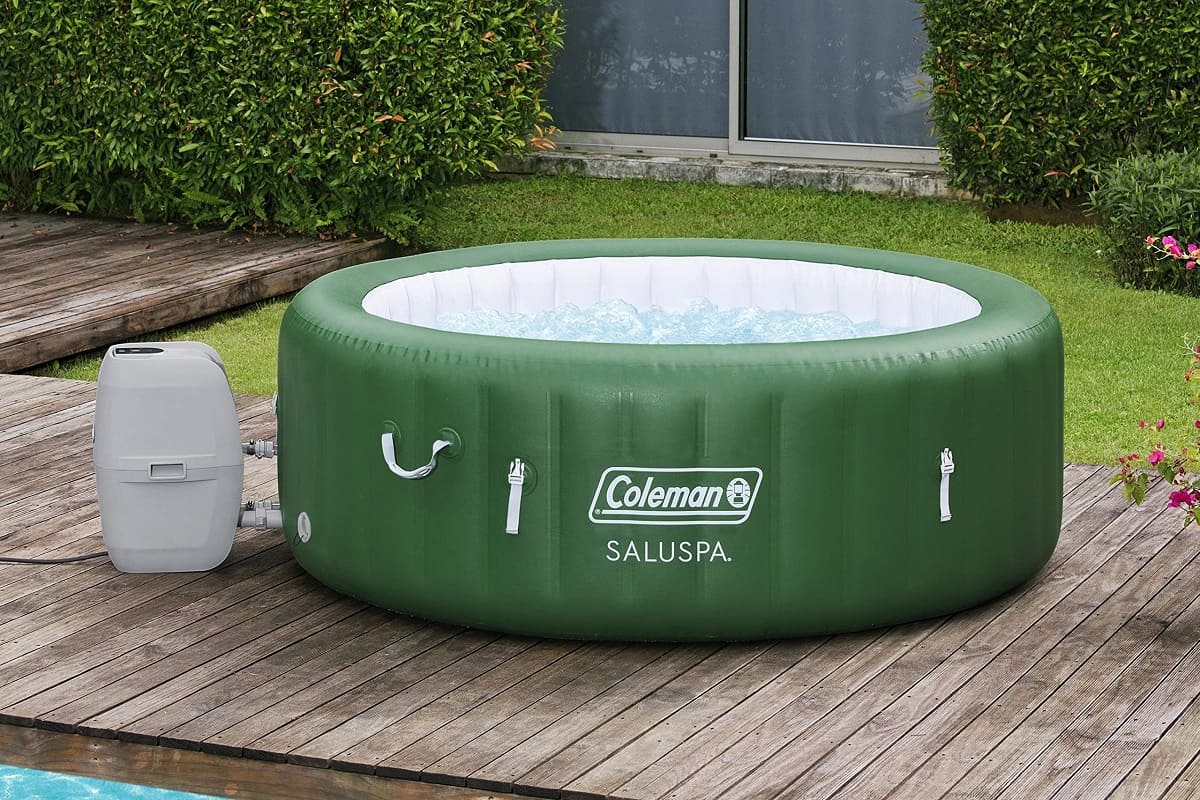
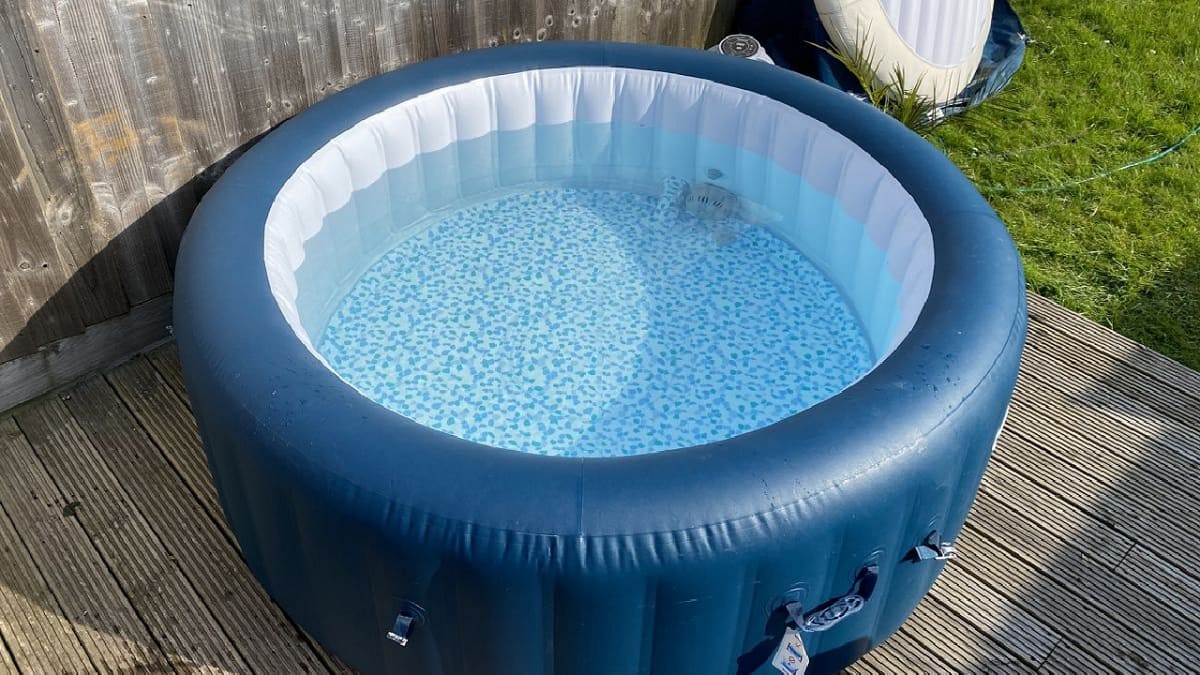
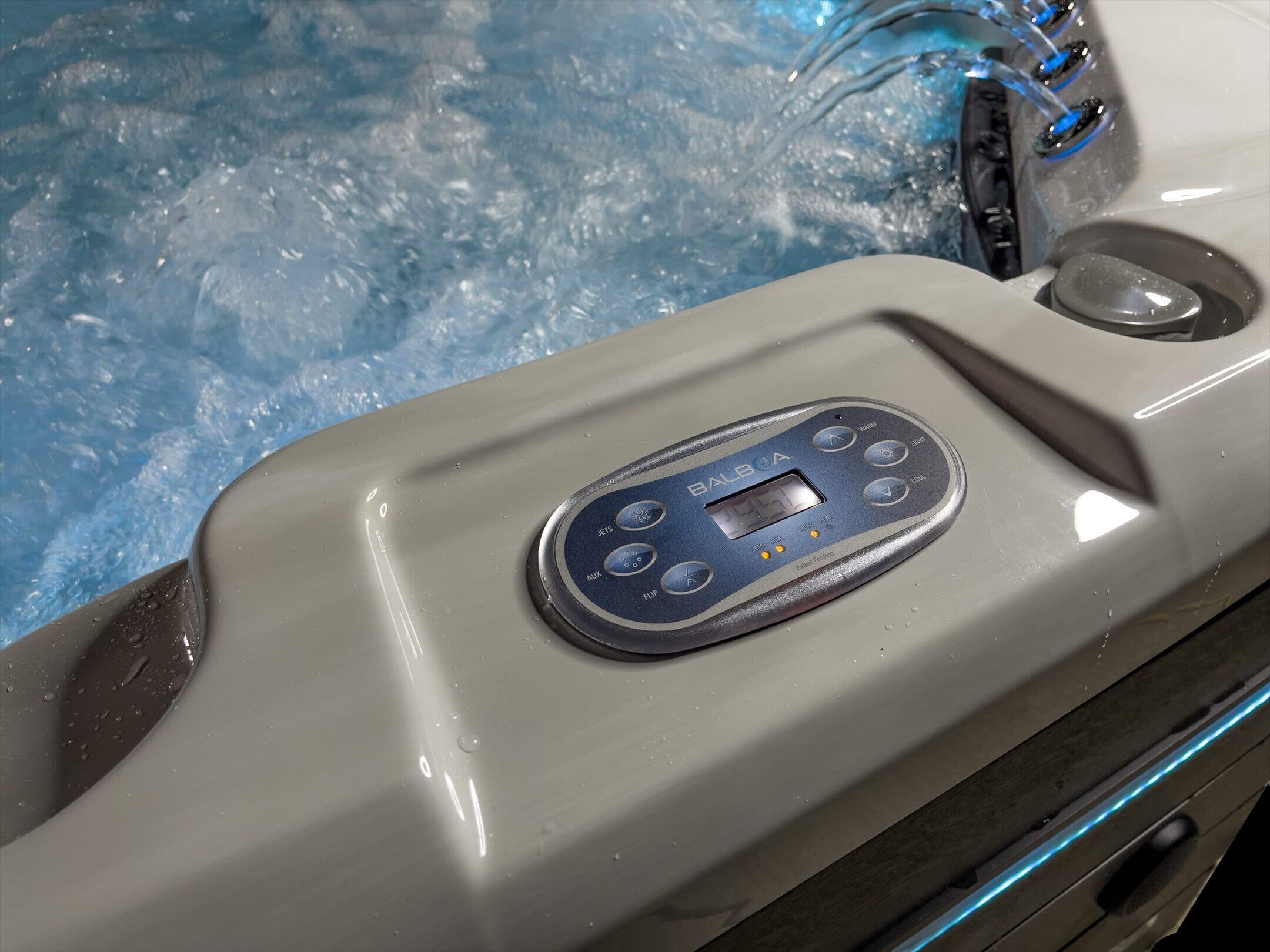
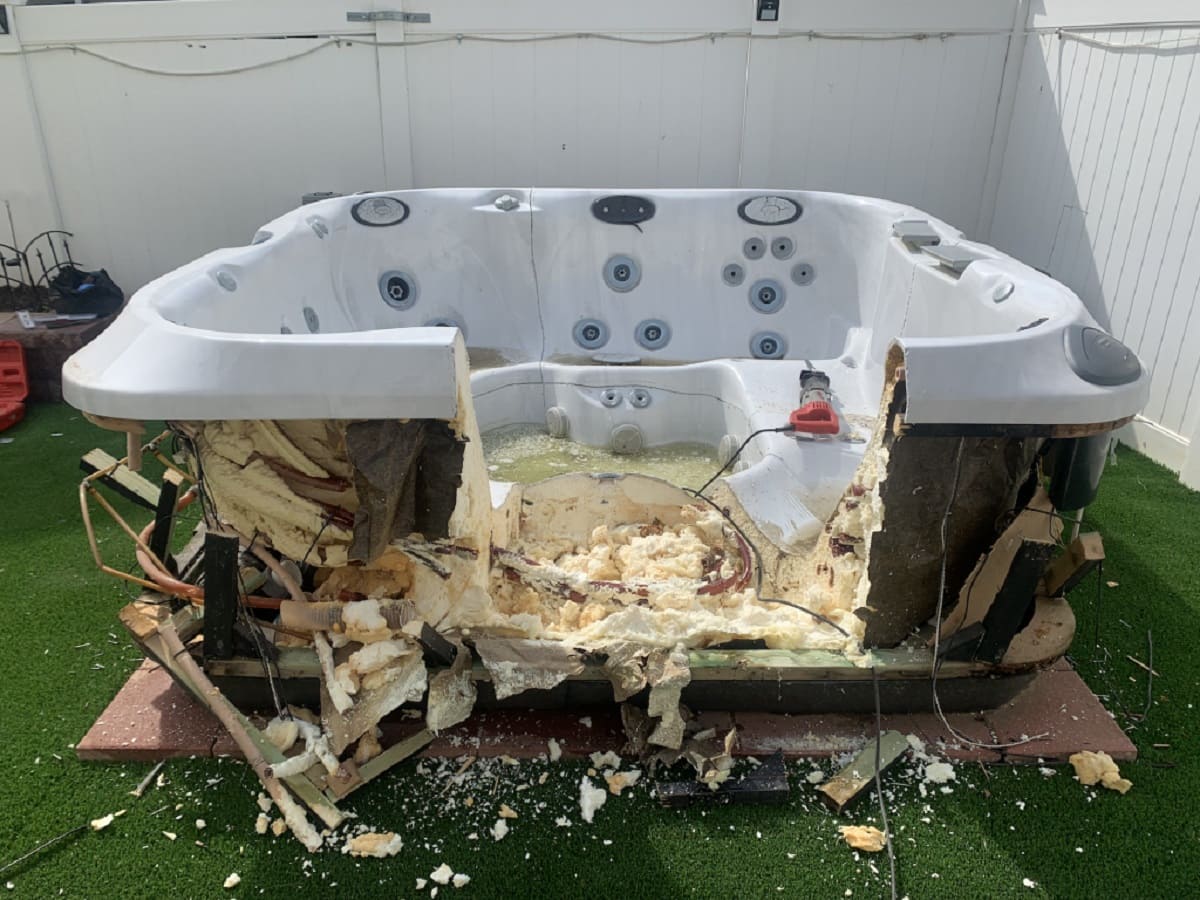
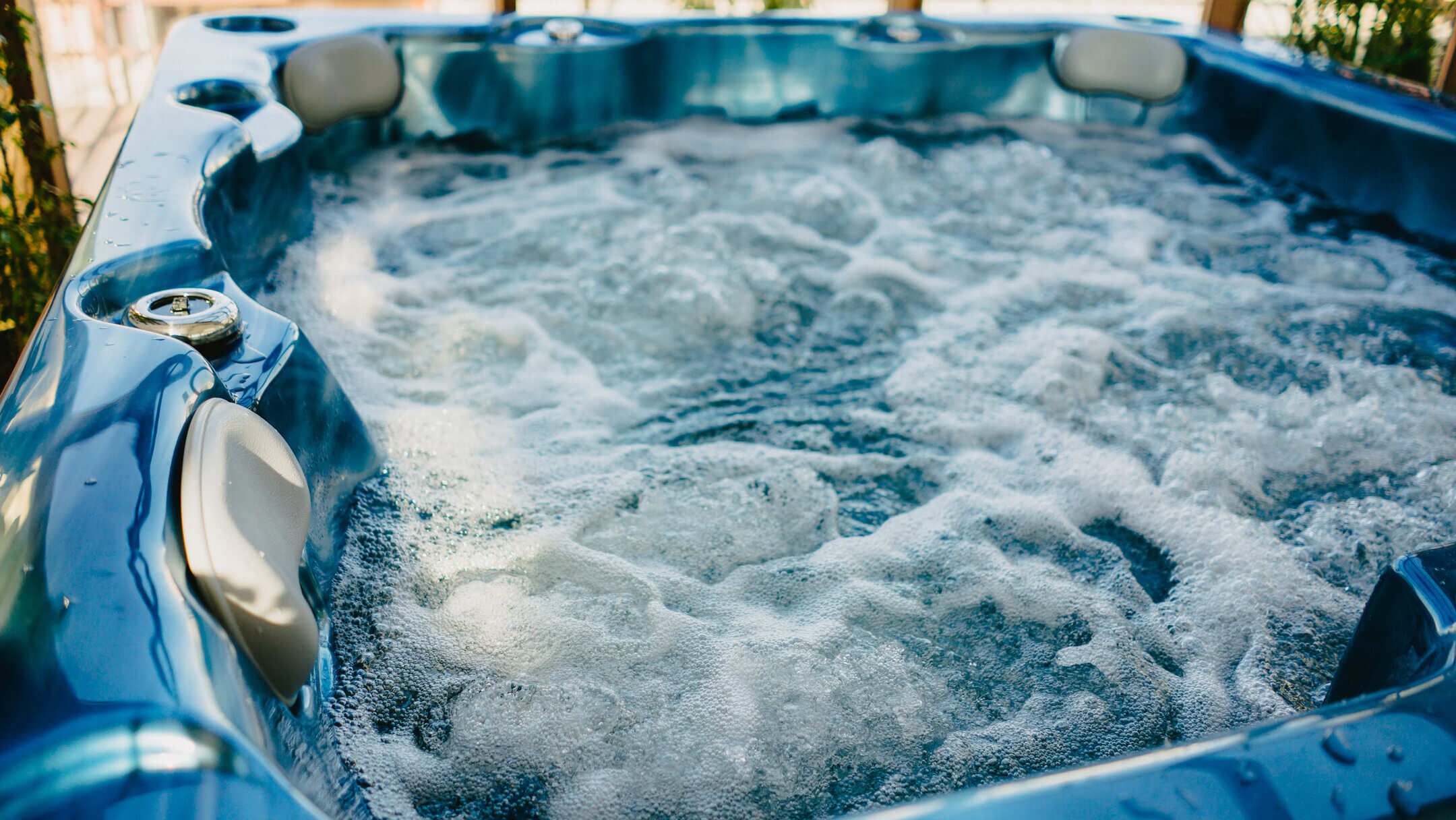
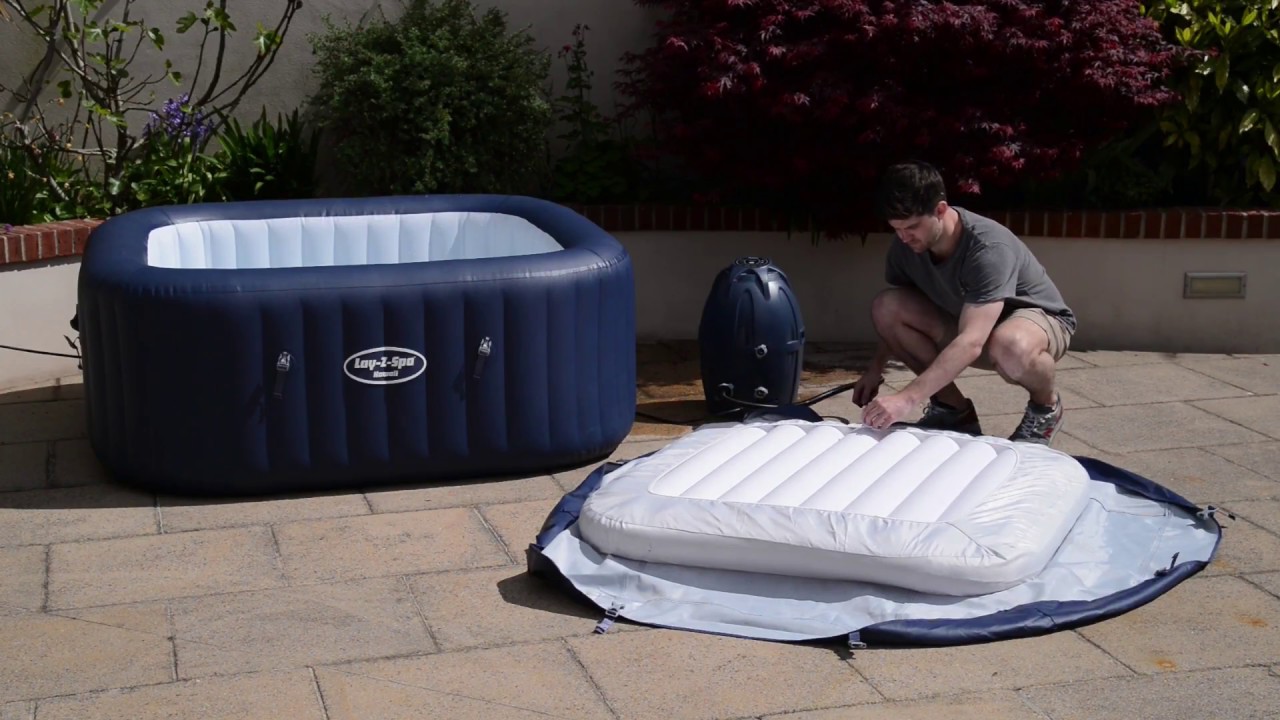
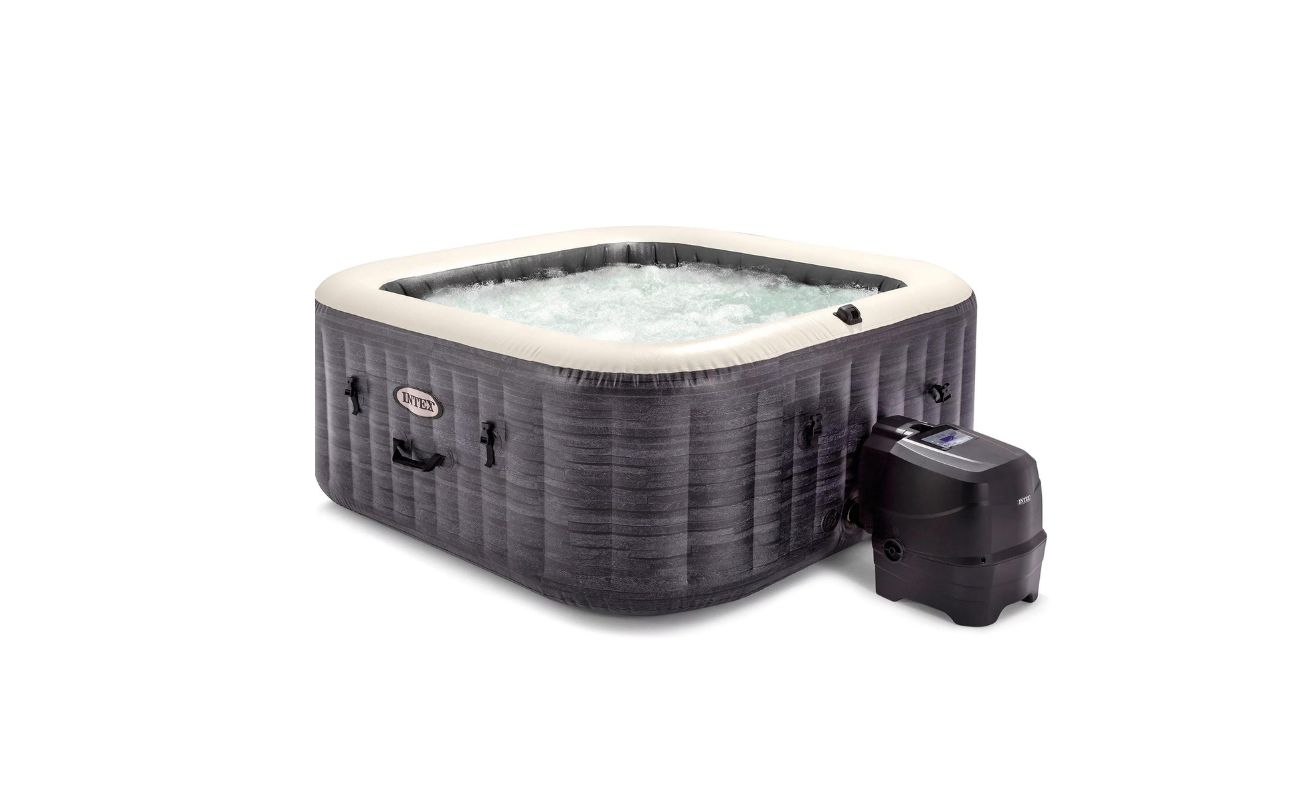
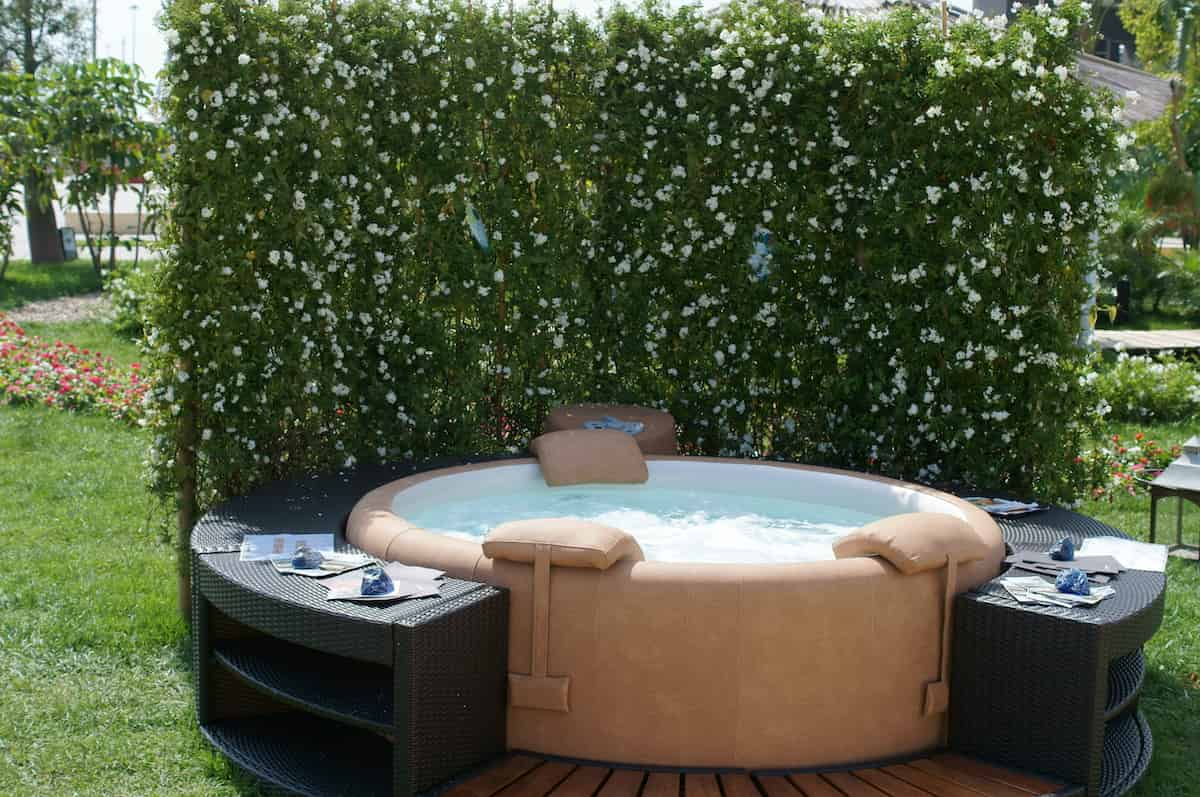
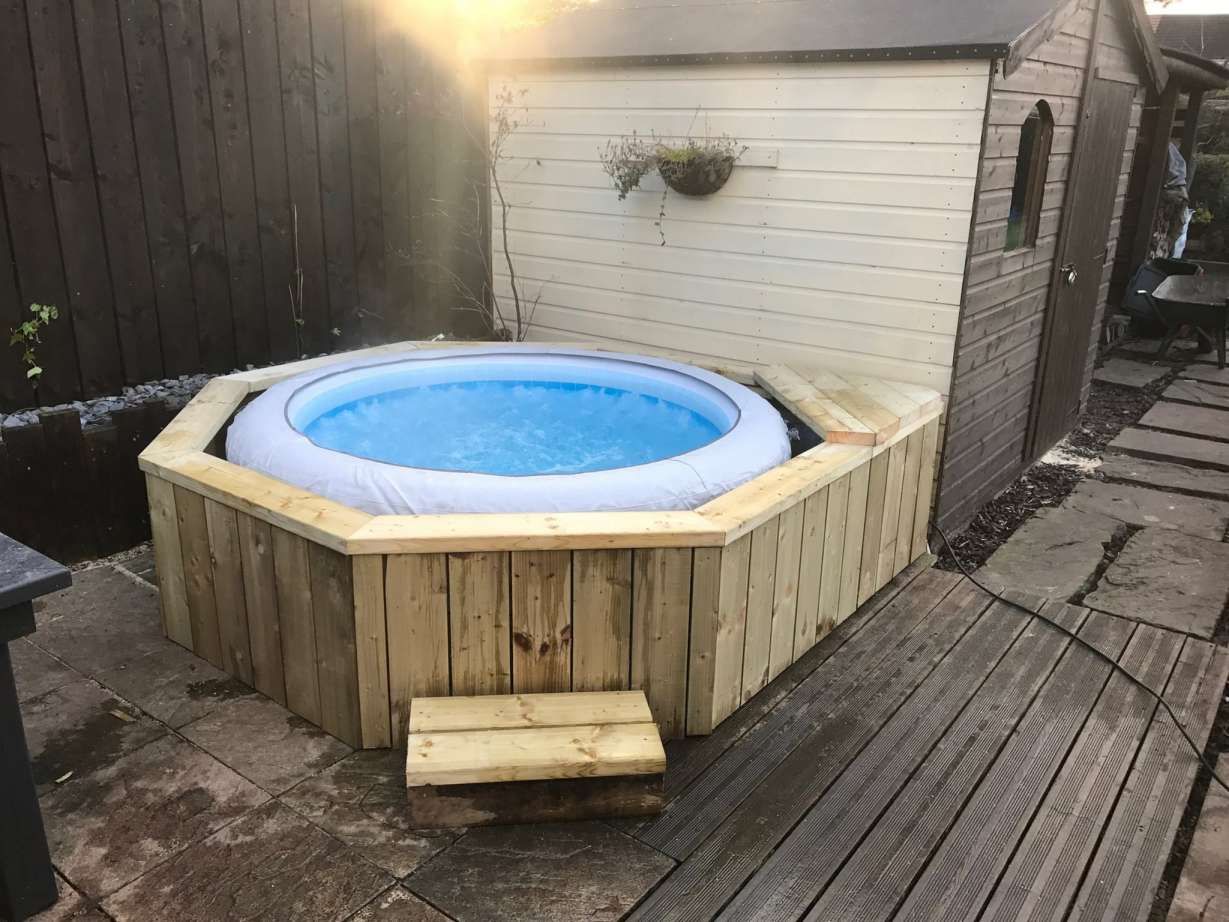
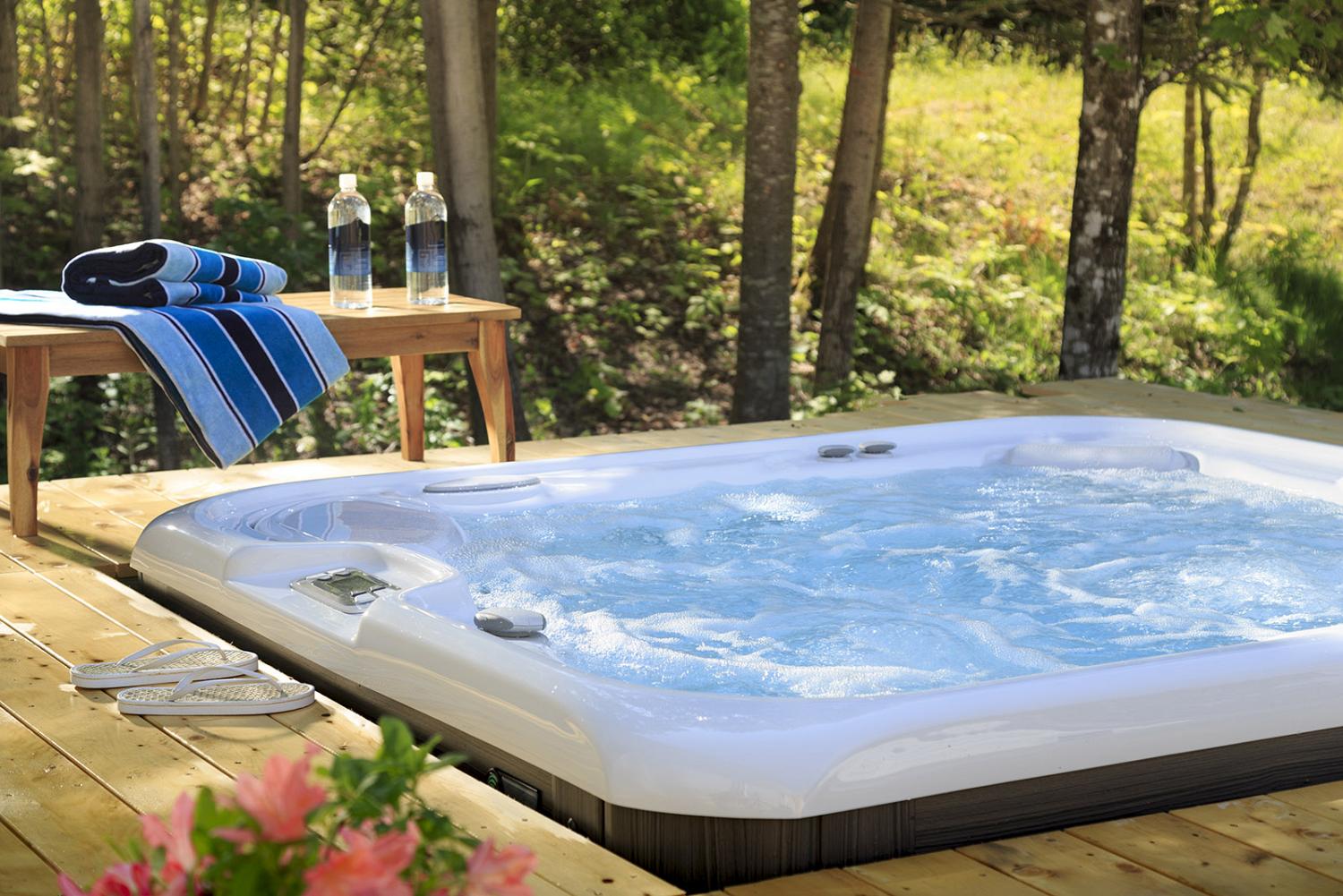
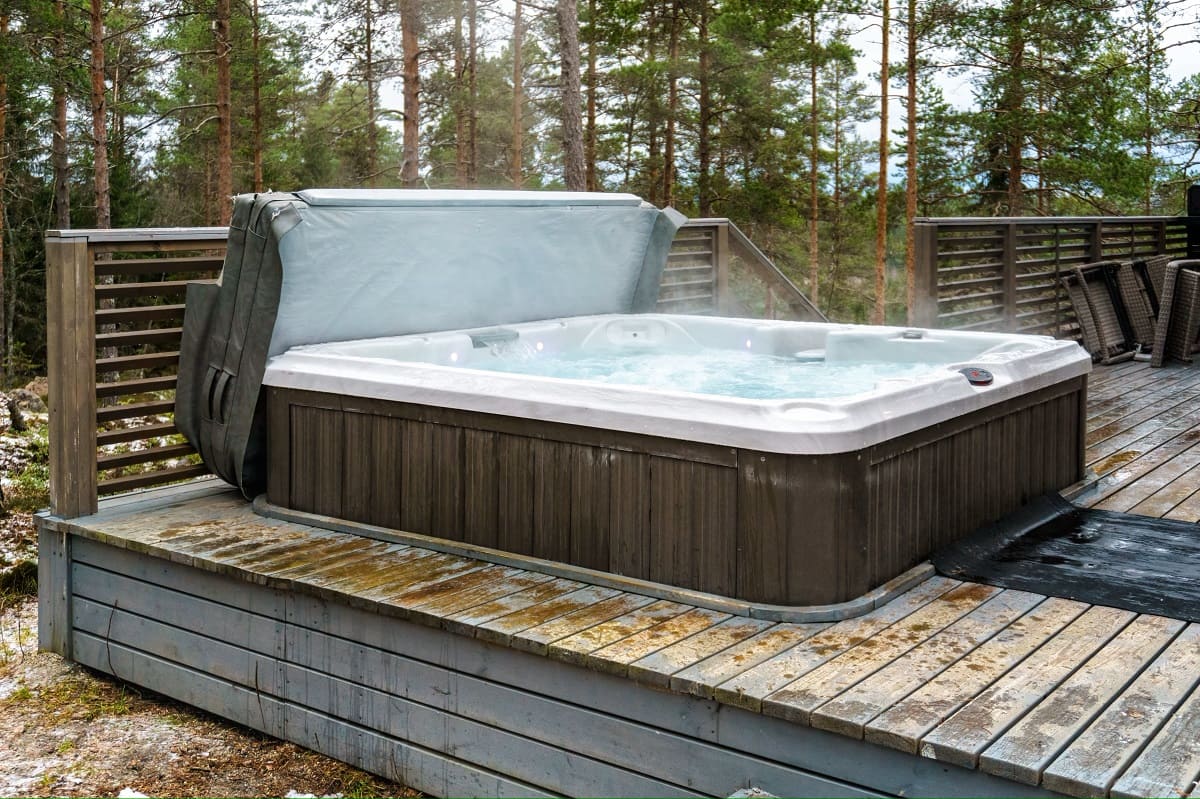

0 thoughts on “Why Is The Hot Tub Not Heating Up”